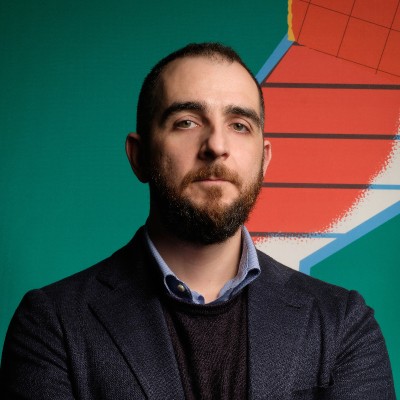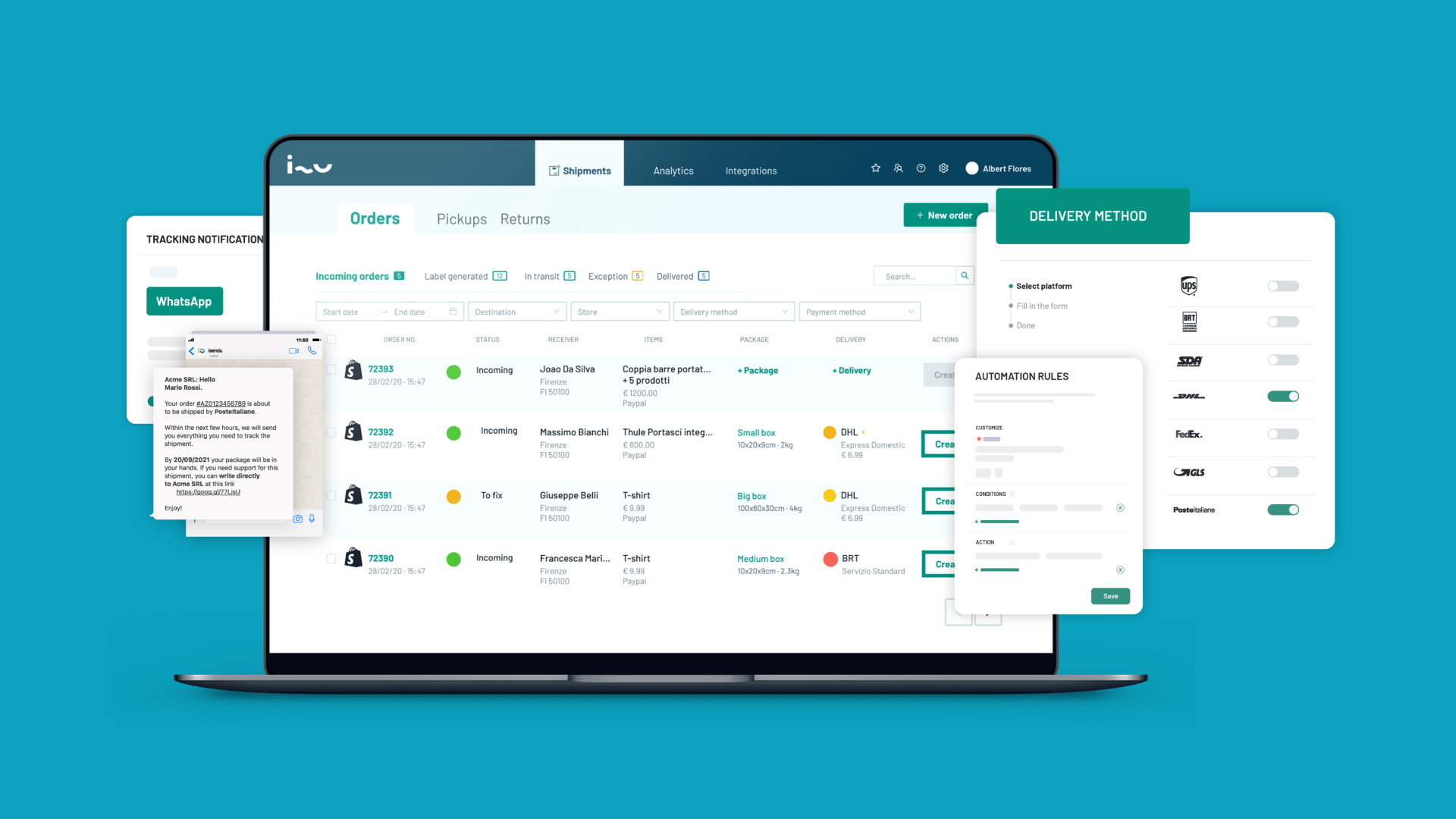
The project
From the business idea to the first round of investment
Taking a business idea from concept through to prototyping, market launch, and securing the first round of investment, I played a pivotal role in establishing Isendu as the most innovative shipping management platform in Italy.
About Isendu
Isendu is a leading API and dashboard for shipping, providing essential tools for marketplaces, warehouses, and eCommerce stores to streamline their order fulfillment processes.
isendu.com
My role
As the Head of Product, I was responsible for designing and leading product development from the very beginning through to Isendu’s first investment round.
The challenge
Transforming the traditionally tedious and repetitive order fulfillment process into a competitive advantage for businesses
The primary challenge was to design a user-friendly shipping dashboard that not only simplified the shipping label generation process but also integrated seamlessly into existing workflows.
While the market was saturated with “management software,” Isendu aimed to revolutionize user experience by making the entire order fulfillment process intuitive and efficient. The focus was on creating a robust and reliable design that was simple yet powerful, automating repetitive tasks and minimizing errors, thus saving labor hours and increasing accuracy.
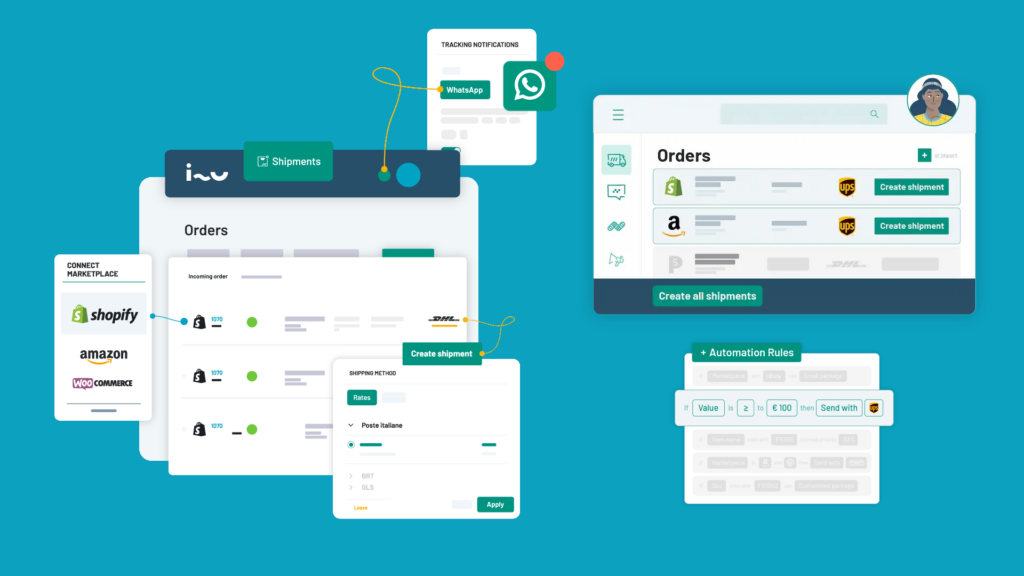
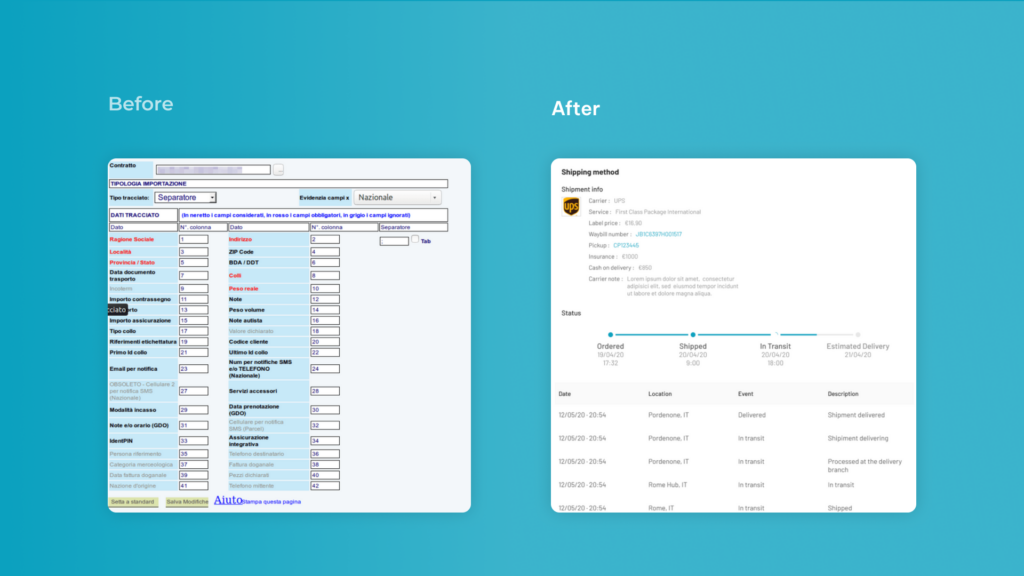
From Strategy to Design
The strategy was to enter the market swiftly as the next-generation shipping management software, with an emphasis on simplicity and speed.
The dashboard was designed as a central hub to display orders from multiple sources (Amazon, Shopify, eBay) in a clear and organized table format. Changing user habits is notoriously difficult, so instead of opting for a disruptive UX, the focus was on ease of use and reliability to build user trust in the innovative system.
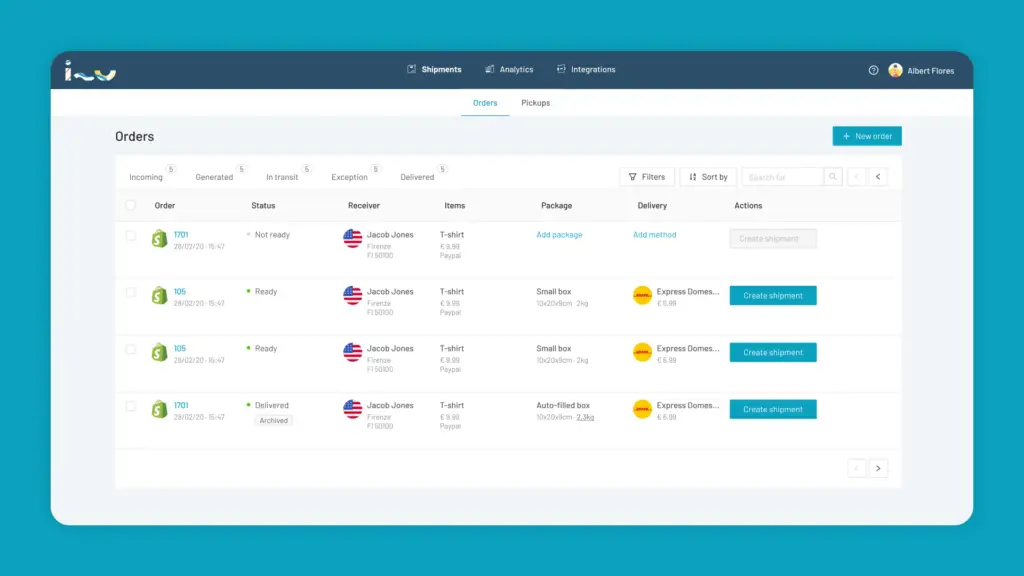
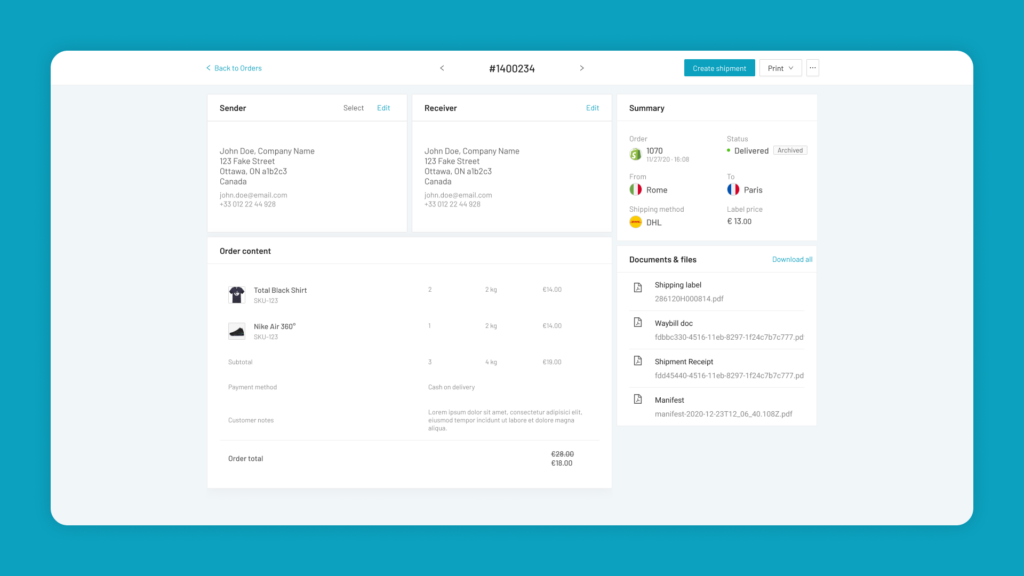
From Design to Development
Design should facilitate development, not hinder it. The product strategy revolved around two essential goals:
01. Be the simplest app in the industry
By focusing on fewer, more impactful features, we turned simplicity into a strategic advantage, ensuring users could perform tasks efficiently without unnecessary complexity.
02. Setup a design system from day one
This foundation allowed the technical team to implement features quickly and consistently, reducing time-to-market and ensuring long-term scalability.
To achieve these goals, I established a basic design system based on an enterprise-level UI library. The design system was intentionally kept lean, with a limited number of components, anticipating many changes post-MVP launch. The system’s simplicity ensured that the development team could quickly grasp the visual language, allowing them to implement designs without needing constant redesigns.
The Figma project organization was also crucial. Each file was dedicated to a specific area of the product, and all files followed the same structure. This consistency ensured an efficient design-development handoff and made it easier for team members to understand design choices asynchronously.
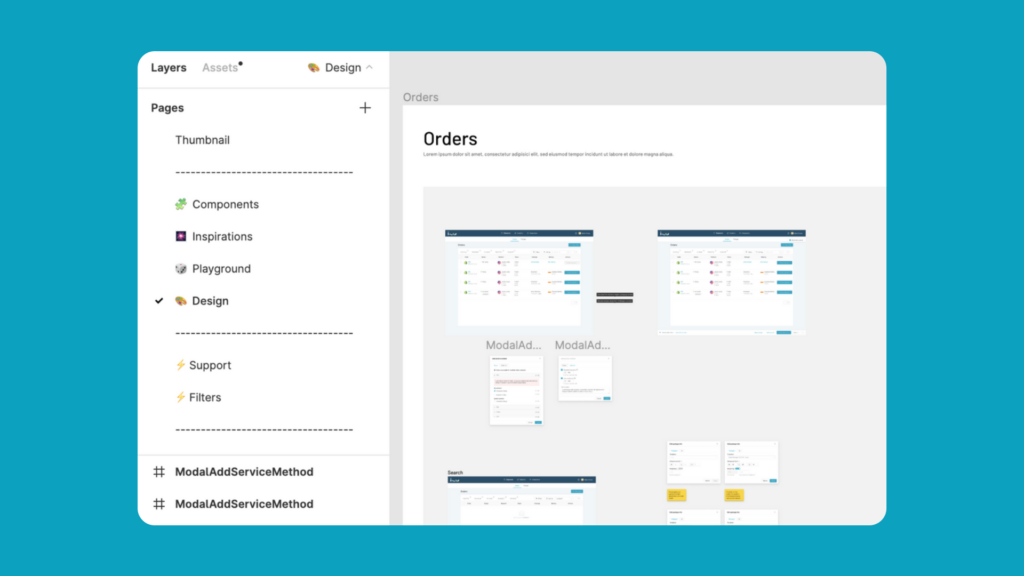
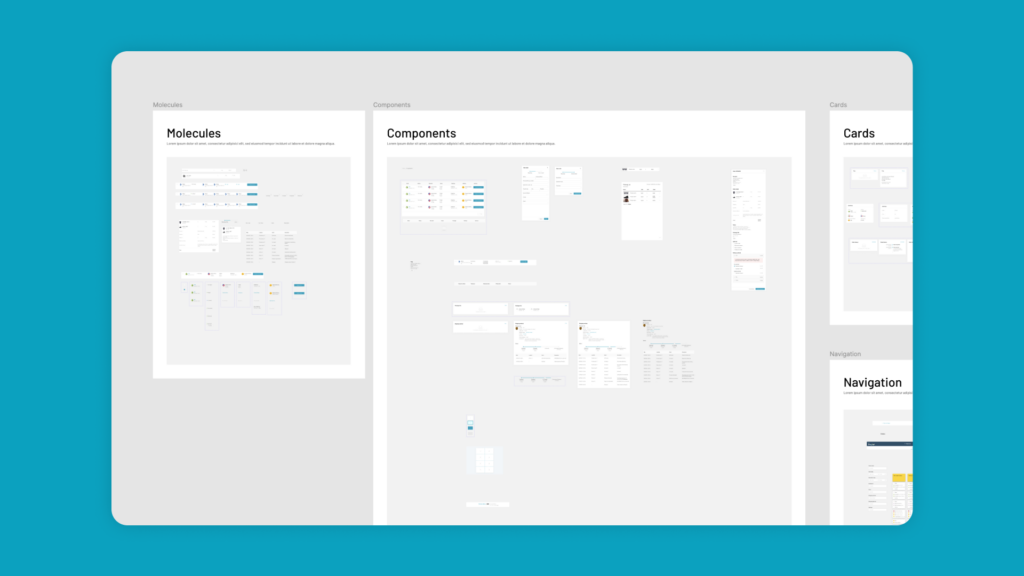
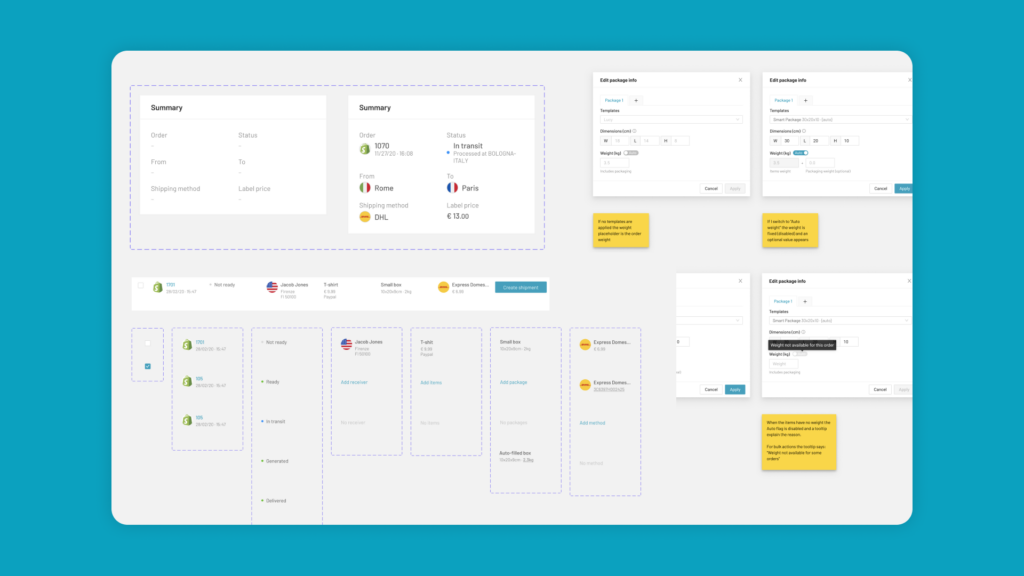
Results
Establishing Isendu as a Market Leader
The results of our efforts were significant:
- Isendu became the most promising SaaS player in the Italian industry, attracting a pool of European investors thanks to its market positioning and high product scalability.
- The product quickly gained traction, with 250 active e-commerce users per day and a churn rate of just 2% for customers who used the platform for at least four months.
- Isendu handled 100,000 shipments per month, streamlining operations for numerous businesses.
- The product team grew from 3 to 12 members, and the foundational design principles allowed for rapid scalability without needing to restructure the system’s architecture.
